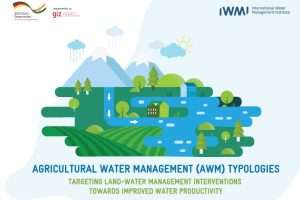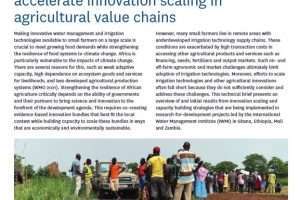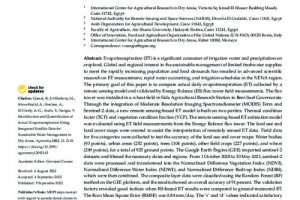Lack of adoption of soil health–promoting practices (SHPPs) leaves soil vulnerable to erosion, exacerbating flooding and contributing to high nutrient and sediment levels in surface waters. To aid in the adoption of SHPPs, changes in soil health need to be measured and related to things that both clearly and directly matter to farmers and stakeholders, yet soil scientists still grapple with which indicators to measure when assessing soil health. Useful indicators of soil health show changes in soil function resulting from changes in soil management, are measurable, and have clear and direct value to their target audience. These “linking indicators” need to be identified in context for successful promotion of SHPPs. We collected data from two focus groups of farmers in the Brazos River Watershed, TX, who had either adopted SHPPs or who had not. Content analysis of focus group transcripts revealed soil health was an important part of a farmer’s stewardship ethic. Farmers perceived that water management, organic matter, yield, and biomass were meaningful indicators of soil health that benefited their enterprise. However, using yield and biomass alone has the potential to create a “false positive” for soil health. When farmers chose their management practices, two themes interacted with farmer concerns for soil health: profitability and social interactions. This work provides context and recommended linking indicators for soil scientists to use for communication with farmers. Researchers and policymakers should be aware of these interactions if efforts to promote SHPP adoption are to be successful.
Farmers’ insights on soil health indicators and adoption
December 7, 2020
40 Views
2 Min Read

-
Share This!




Add Comment